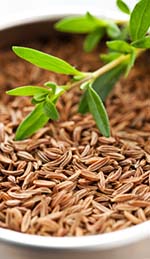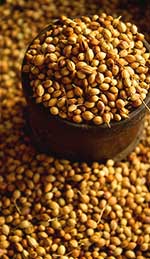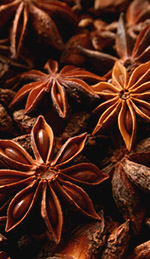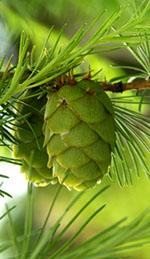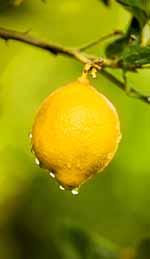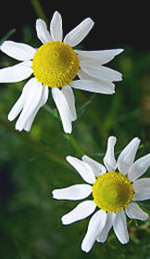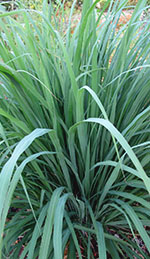 A perennial grass native to tropical Asia, citronella (Cymbopogon nardus) produces a rich essential oil with a lemony top note and woody undertones that is widely used in fragrancing and perfumery. Citronella is also the commercial source of two disinfectant compounds commonly used in detergents, citronellol and geraniol [1]. We source our citronella essential oil from Vietnam and offer it here as an outstanding insect repellent, antiseptic, and energizing oil.
A perennial grass native to tropical Asia, citronella (Cymbopogon nardus) produces a rich essential oil with a lemony top note and woody undertones that is widely used in fragrancing and perfumery. Citronella is also the commercial source of two disinfectant compounds commonly used in detergents, citronellol and geraniol [1]. We source our citronella essential oil from Vietnam and offer it here as an outstanding insect repellent, antiseptic, and energizing oil.
Citronella is a member of the lemongrass genus Cymbopogon. Like its better known relative, it is often used in cooking to flavor food and as a preservative due to its strong antibacterial [2] and antifungal properties [3]. Its strong aromatic compounds, especially citronellol, also made citronella essential oil a popular natural insect repellent before the invention of DDT and other chemical insecticides. Today, as the impact of synthetic insecticides on the environment has become apparent, people are once again turning to natural alternatives such as citronella and catnip oil to gain relief from biting insects, cockroaches, and other household pests.
There are two varieties of citronella you can buy in essential oil form: Java citronella, which has a sharper scent and slightly higher citronellol content, and the softer Sri Lanka citronella [1]. Either can be used as an outdoor or topical insect repellent, although diffusion is the preferred method. When using citronella oil as an insect repellent on the skin, it must be reapplied every 30 to 60 minutes to retain its effectiveness [4]. As an outdoor insect repellent on your porch or patio, simply place a few drops of citronella oil in a diffuser or oil burner, either by itself or blended with another insect repellent oil such as catnip or cedarwood oil. There are also specialty products available such as citronella mosquito coils, and aromatic candles infused with citronella, cedarwood, and other essential oils. These products produce vapors that are repellent to mosquitoes and flies but pleasantly aromatic to humans.
The benefits of citronella essential oil don’t stop there, of course: this gentle, generally nonsensitizing oil has been used in massages to halt excessive perspiration, as a conditioner for oily hair or skin, and a natural deodorant [5]. When inhaled, citronella oil’s lemony scent uplifts mood, banishes fatigue, and may be helpful in combating colds and sinus congestion [5]. Plus, it’s just refreshing!
REFERENCES
1. “Citronella Oil”. Wikipedia. Last modified June 9th, 2014. http://en.wikipedia.org/wiki/Citronella_oil.
2. Pattnaik S, VR Subramanyam, and C Kole. 1996. “Anibacterial and antifungal activity of ten essential oils in vitro”. Microbioscience 86 (349): 237-46.
3. Nakahara, Kazuhiko, Najeeb S Alzoreky, Tadashi Yoshihashi, Huong T Nguyen, Gassinee Trakoontivakorn. October 2003. “Chemical Composition and Antifungal Activity of Essential Oil from Cymbopogon nardus (Citronella Grass)”. Japan International Research Center for Agricultural Sciences 37 (4): 249-52.
4. “Mosquito Repellents Review”. Choice, The Australian Consumers Association. Last modified November 6th, 2013. http://www.choice.com.au/reviews-and-tests/household/laundry-and-cleaning/pest-control/mosquito-repellents-review.aspx.
5. “Health Benefits of Citronella Oil”. The Research Pedia. Accessed June 9th, 2014. http://www.theresearchpedia.com/health/aromatherapy/health-benefits-of-citronella-oil.

